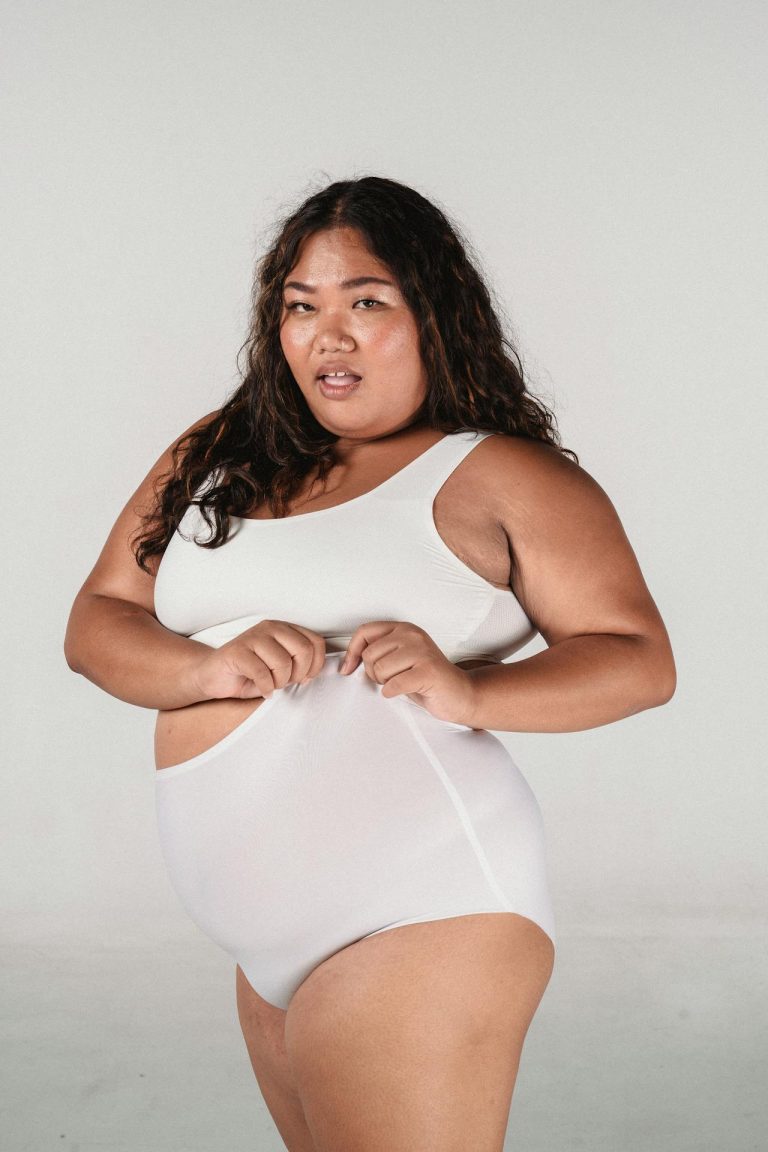A Deeper Look At The Definition Of Fast Fashion And Why It Is Time To Slow Down
“Fast fashion” has become one of the buzz phrases within the “sustainability” world. And as we carry on encouraging the sector to aim in a direction that is more ethical and sustainable, it becomes helpful to actually know exactly what we are up against. But what does the term “fast fashion” really mean?

Fast fashion references a marketing, manufacturing, and design method that involves producing clothing in high volumes at a rapid rate. Garment production uses low-quality materials and trend replication that brings about “inexpensive” styles directly to consumers. These clothing items are trendy, cheaply-made pieces that caused a movement across the industry to an overwhelming rate of consumption. Unfortunately, this has also resulted in harmful and negative impacts on not only the environment but also garment workers, as well as consumers’ wallets.
But to define and understand fast fashion, it is important to know about the movement’s context and history.
Increasingly Rapid Production And Trend Replication
The industry of fashion once ran on 4 seasons, which included summer, spring, winter, and fall, up to the mid-twentieth century. Designers once worked for months at a time to plan appropriately for every season, predicting the styles that customers would probably want. These methods, even though more methodical when compared to the fashion of today, detracted the agency of power from wearers. Before fashion was released to the public, it was designated to high-society. There were also rules in place that were followed.
It was not until the 1960s, that a marketing campaign that was well-timed for “paper clothes” proved that consumers were in fact ready for fast fashion trends. This has lead to fashion industries lowering their costs and quickening their pace.
The Sunday Style Times stated that it was once customary for shops to stock towering supplies so that brands wouldn’t have to be concerned about clothes running out. However, a couple of decades later, “fast fashion” reached a stage that it couldn’t return from. They also stated that it reached this stage during the “boho chic” stage in the mid part of the 2000s, where ladies gloves were extremely popular.
Today, many of the Fast Fashion brands are known for producing around 52 “micro-seasons” in a year, or even a “new collection” every week. Elizabeth Cline, an author stated that this began when Zara moved over to bi-weekly deliveries for new merchandise during the early part of the 2000s. From there, it is now customary for clothing stores to maintain stocks of clothing all the time so that they don’t run out. By replicating Fashion Week trends and streetwear, as they are introduced in real-time, has allowed these businesses to create desirable and new styles every week, and sometimes daily. Brands now have significant volumes of clothing items, and a way for consumers to never get bored of their inventory.
While brands like Zara, Topshop, and H&M have become the brunt of overproduction complaints, some of the luxury brands have also started to measure growth in the way of increasing production. Fast Company, stated that apparel companies are currently producing 53 million tons of clothing items to the world on an annual basis. If this industry manages to maintain this massive growth pace, it is predicted to reach 160 million tons by the year 2050.
Low Quality And Even Lower Costs
Many people have debated what has come first. The desire for a fresh look at alarming rates or the top players in the industry convincing consumers that we are falling behind on the trends as soon as people start to wear them. It is difficult to predict, but there are no doubts that we are always longing for the “next best thing” each day of the consumer-driven life that we live in.
